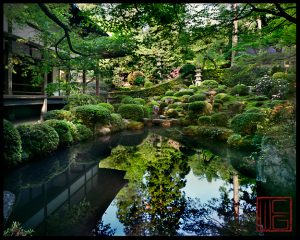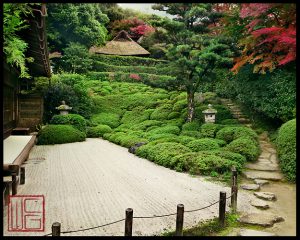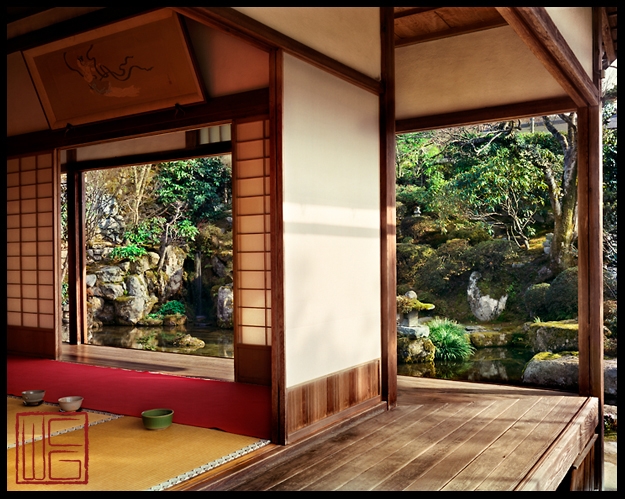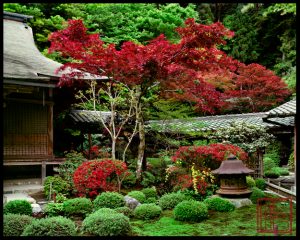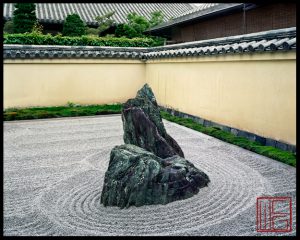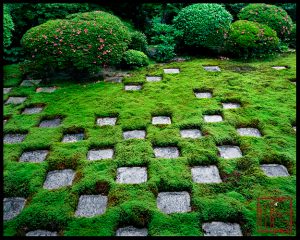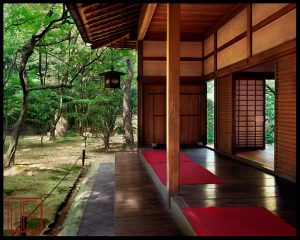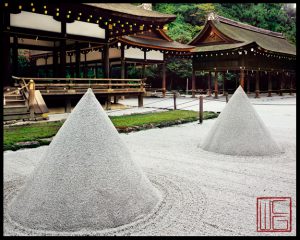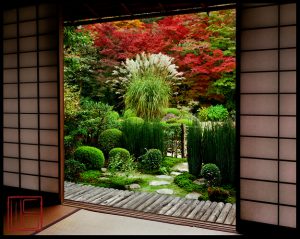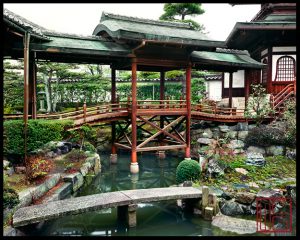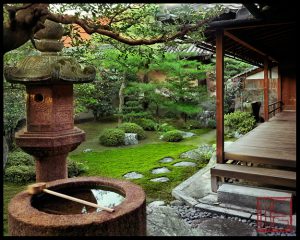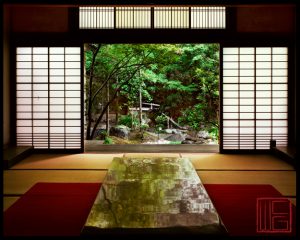“I have been lucky enough to find something that has kept my interest for an awfully long time. There have been times of incredible frustration but never boredom. As an artist I was looking for material that would sustain my interest for a long period of time. In the gardens I found endless subject matter within clearly defined boundaries…” “I had this desire to go under the surface features of the gardens. I had hundreds if not thousands of combined impressions that demanded great detail and fidelity….” “I looked through the viewing screen of an 8X10 camera and “saw” something deeper. With that large ground glass to look into there was less separation between what I saw in my head and what I saw on the screen. This helped to dramatically improve my compositions—and seeing better—I took more risks. I can’t imagine photographing the gardens in b&w or with a smaller format camera.” —William Corey
As you can tell from the words above, William saw endless possibilities in capturing the beauty of the gardens of Kyoto. Each garden has its own unique character and style, and is capable of revealing different features in different seasons, so needless to say, it is true that visitors with keen senses will never experience boredom in these places. Some things may be sensed immediately while others appear only gradually. William began taking photographs of Kyoto gardens in the mid-70s. For over 30 years, these beautiful gardens captivated his heart, and their mysteries were gradually revealed to him when he began seeing them through the ground glass of large-format cameras. Initially, he used 35mm and the 4 x 5 format film, and then he started to employ and experiment with the 8×10, and finally moved on to using the 8×20 panoramic view camera. The large format became the answer to what he had sought. It enabled William to finally capture the right composition and detail he had desired.
